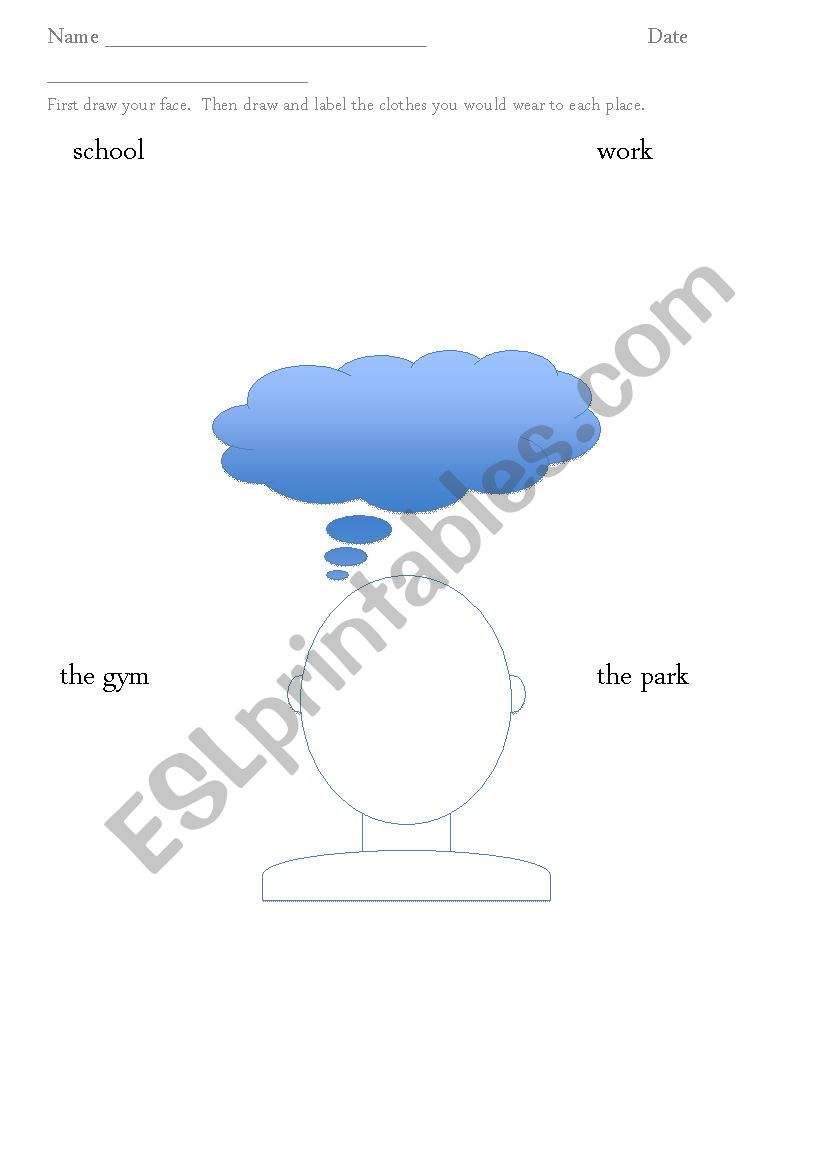The scarf model improves people's capacity to understand and ultimately modify their own and other people's behavior in social situations like the workplace, allowing them to be more adaptive. The scarf model summarizes five domains of threat or reward, names status, certainty, autonomy, relatedness, and fairness.
Write A Verbal Expression For Each Algebraic Expression
A brain based model for collaborating with and influencing others, by.

Scarf model worksheet. The scarf model by david rock is a brilliant one for helping people to understand motivation and why people respond to events or behave in certain ways. Take the scarf assessment here: The scarf model summarizes these two themes within a framework that captures the five common factors that activate a reward or threat response and therefore underpin individual and team behaviors within projects.
Scarf model worksheet do not underestimate the power of technology to improve your consciousness, your thinking and your actions. It will take less than 15 seconds to complete each day but will contribute greatly to the scarf model becoming second nature to you. Since i started using the lift app earlier this year to help me track my habits, it is much easier for me to remember practicing "scarf" in.
The scarf model of motivation the scarf model ― a combination of motivational theory and neuroscience ― was developed by david rock, the director of the neuroleadership institute and author of your brain at work. The model enables people to more easily remember, recognize, and potentially modify the core social domains that drive human behavior. It suggests that there are five social domains that activate the same threat and reward responses in our brain that we rely on for physical survival.
Engaged employees experience high levels of positive reward in the scarf domains, whereas disengaged employees experience high levels of threats in these domains. The sheet runs for 28 days and gives you the opportunity to bring your awareness to scarf each day and to assess how you 'performed' each day in relation to each of the five domains. Some of them years old or even decades old, when we might not have been as resourceful as we are now in order to deal with those emotions.
You can hear us talk about it here on our podcast or read our twist on it below (or both of course). For a more detailed look at the neuroscience behind the model, please read scarf: What it does is it creates and triggers adrenaline and norepinephrine in our brains and that triggers up the limbic system, which makes us very emotional and reactive because it taps into old emotional memories.
Developed by neuroscientist david rock, the scarf model explains that the social domains of (1) status, (2) certainty, (3) autonomy, (4) relatedness, and (5) fairness activate powerful threat and reward responses that have a dramatic effect on our behaviour. Our brain responds disproportionately to these social domains because they conferred a. Take the assessment today and discover the social rewards and threats that affect you the most.
Some people are more sensitive to status threat and rewards, others to certainty and relatedness. Having scarf needs satisfied drives engagement and retention. The scarf® model assesses the differences in people's social motivation.
The scarf paper (first published in 2008) draws on extensive social neuroscience studies to propose a simple framework. And if it sounds of interest, we've put together a 1 page scarf tracking sheet to help you. This model is especially relevant for ccdf leaders and managers or.
This is a brain based model created by david rock in 2008. D0ccron:lc0fuu ®ardrf® lrn2r®01:uf ®b notes the scarf® model stands for status, certainty, autonomy, relatedness and fairness. At the very heart there are two overarching principles.
The scarf® model status certainty autonomy relatedness fairness threat response triggers perceived loss of status fear of the unknown loss of control lack of connection with others in the group favoritism or incongruity reward response actions •playdown status • create shared goals • rules, initiativespromote learning and improvement Sc arf defines the five domains of experience that activate strong threats and rewards in the brain, thus influencing a wide range of human behaviors. A run through of the scarf model by david rock, how it applies to the hotel industry in 2021 and some tips on how to use the model to improve your resilience.
In a nutshell, social neuroscience studies how and which parts of the brain react to different types of stimuli related to social interactions. The scarf model was first developed by david rock in 2008.

Motion Graphs Worksheet Answer Key Inspirational

SCARF Model Seasons of Life Ministries Social behavior

How to Use the SCARF Framework to Manage Change on

Updated Archives Page 5 of 6 NeuroLeadership Institute

Pin by Toni Peterson on Writing and Words Creative

David Rock's SCARF Model Career Skills From

Instructional coaching, Leadership articles, Neuroscience

Connect NeuroLeadership Institute

Practice Worksheet Net Force And Acceleration Quizlet

Connect NeuroLeadership Institute

TCF Engagement through the SCARF model Infographic

Image result for scarf management Leadership, Change

SCARF PowerPoint Template SlideModel

Choosing Clothes what shall I wear to ESL





